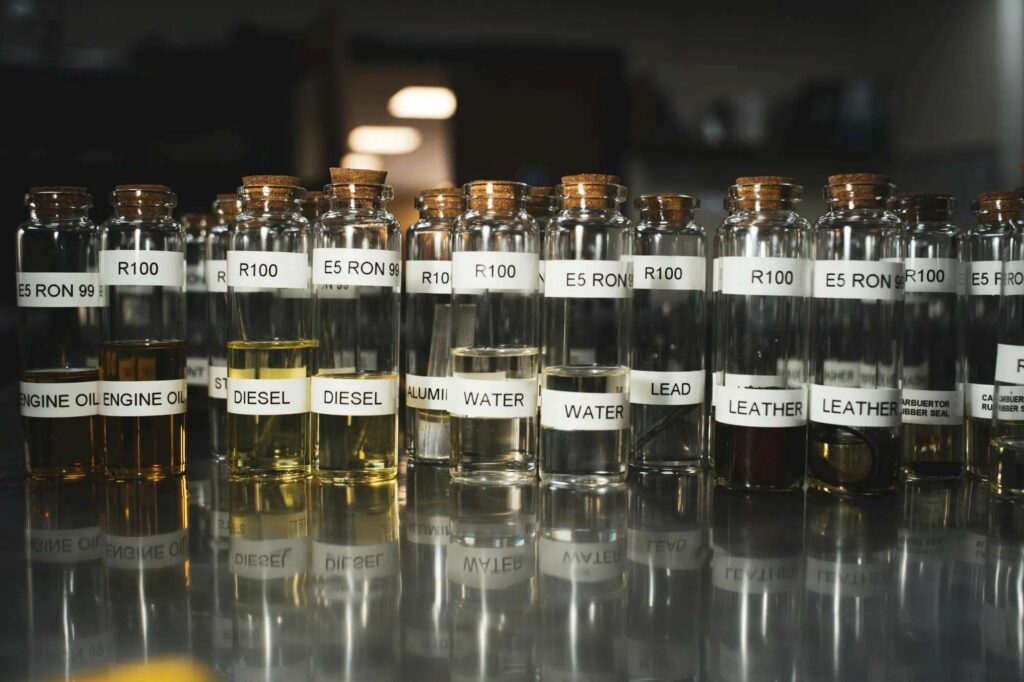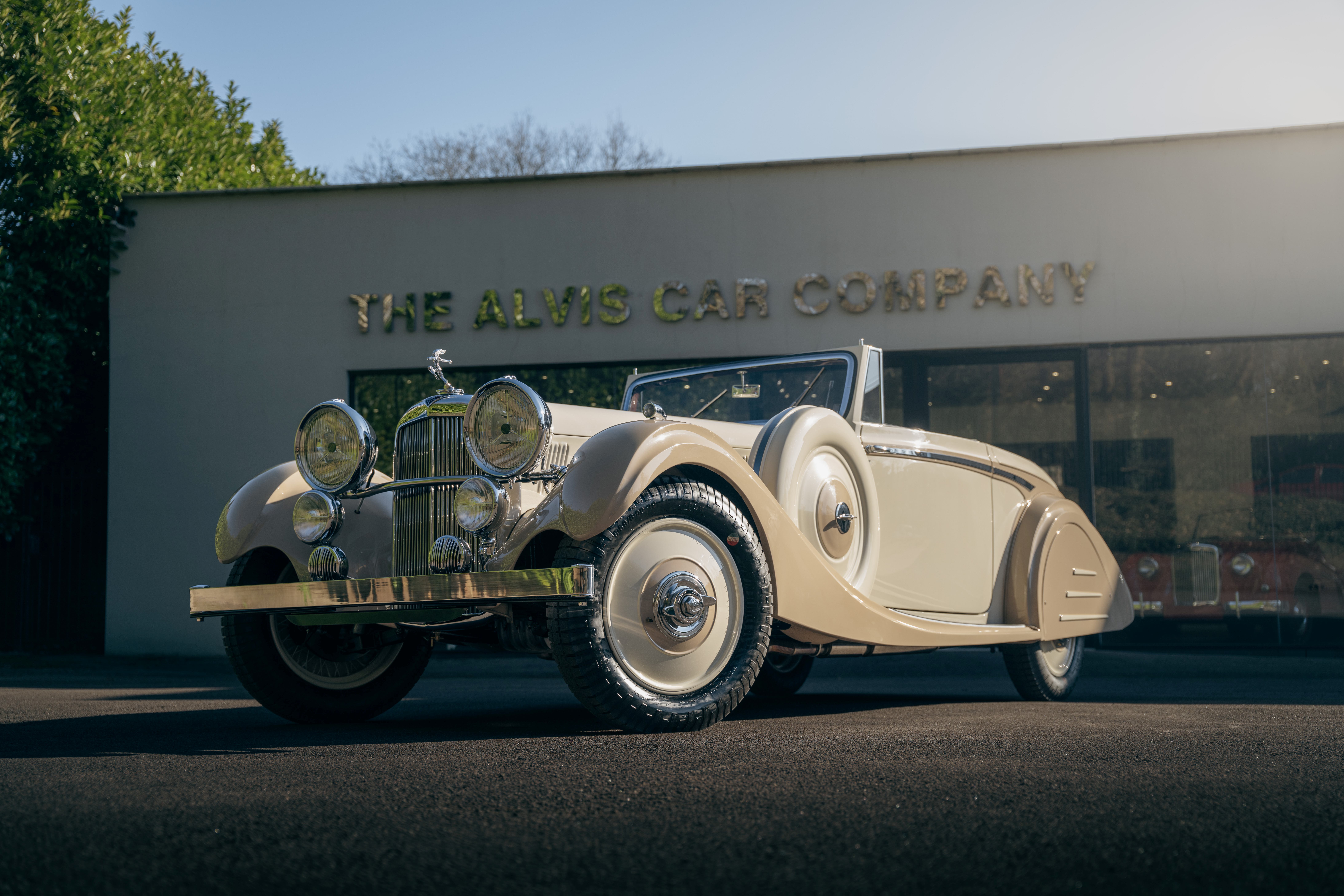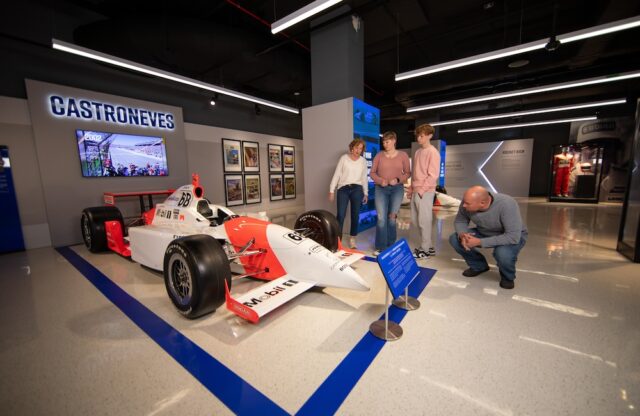WORDS: ELLIOTT HUGHES | PHOTOS: VINTAGE BENTLEY
The promise of synthetic fuel has gained plenty of attention in the past few years, particularly after being showcased so successfully at high-profile events such as the Goodwood Festival of Speed and Revival in 2023. So Magneto spoke to a great advocate for the technology, Vintage Bentley founder William Medcalf, to shed light on whether carbon neutrality and combustion engines can truly co-exist.
What inspired you to start experimenting with synthetic fuels?
It all began when I was driving my then six-year-old daughter to school one morning. She asked: “Daddy, why are you racing these old cars when they pollute the environment?” I didn’t have an answer to that.
When a six-year-old is asking that question, we’ve got to sit up and listen. Otherwise, we’re going to have a generation of kids that will not want old cars, and will not want to be involved with what we’re doing. To hear that from my young daughter was quite the sucker punch.
So, I started doing some digging, and that’s when I came across synthetic fuels. There were a few companies that made them but, at the time, there was only one manufacturer, in Germany, which made fuels that were totally green and 100 percent synthetic – and that’s important, because otherwise, it’s just green-washing.
How did you start testing the fuels, and did you have to modify the car?
We began testing the fuel on a big 4½ Litre that we raced, by putting a spare petrol tank in the back of it. We filled one of the tanks with synthetic fuel, and put regular pump gas in the other. We then put the car on the rolling road, did some full-bore power runs, and switched from one tank to the other to get some data.

Any difference in performance?
Not really – we lost 5ft lb of torque at 1800rpm. The dyno traces and sub-graphs are identical, and, importantly, we’ve done absolutely nothing to the car – no rejetting, no adjustments whatsoever.
So, after seeing that, we started racing our cars on synthetic fuel, and took back-to-back wins at Castle Combe in a 1924 3½ Litre Bentley. We then raced with synthetic fuel at the Goodwood Members’ Meeting and Revival in 2023. I can’t speak for something like a 1964 Ferrari – that’s not my world – but everybody I’ve spoken to in our industry has said there’s basically no difference: it is 98 octane petrol.
So, what’s the catch?
For a vintage Bentley, it really is a silver bullet. The only negative today is the cost of synthetic fuel – it’s about three times the price of regular unleaded. The companies that manufacture it need the revenue so that they can invest and grow. What we need for that to happen is demand. If events such as the Le Mans Classic and Monaco Historique were to say that you get an advantage if you run synthetic fuel, then everyone would want to run it, and the price would come down.
For this, the Duke of Richmond deserves a gold star, because he’s been brave enough to pull the trigger and run the first-ever event on synthetic fuel (Goodwood Revival 2024). He’s probably a couple of years ahead of the game, which is brilliant. We need all the big events to do the same thing – there’s no reason not to do it. After all, who wants to see a Ford GT40 converted to electric? Run it on synthetic fuel, and we can hear the damn thing barrelling out of the chicane at Goodwood.

How can I get hold of synthetic fuels for my own classic?
Let’s say you’re a private individual with an MGB. If you wanted to run that on synthetic fuel today, there simply isn’t enough demand to create the supply chain that we need, so it’s expensive. At three times the price of regular petrol, it’s eye-watering – no doubt about it. However, if you buy race fuel in the Le Mans Classic pitlane, then that’s also about three times the price. Today, it’s got to be treated as race fuel, because the price is comparable.
You can order synthetic fuel online from our supplier P1 Fuels, and it will deliver a barrel to you, but there isn’t a petrol station that will sell it to you, because the demand and supply chains aren’t there yet. In the meantime, though, you can offset the carbon footprint from the manufacture of your car online by using a carbon calculator. It costs £25 per tonne, which is peanuts. It’s so cheap that it’s insane not to do it. An MGB would cost about £500 to offset the entire carbon cost of manufacture in 1968. The car has already offset its carbon footprint over time anyway, but if you want the gold standard, then you invest that money, and that is then a green car.
How receptive are politicians and legislators to synthetic fuels?
We need MPs to hear about it – we need everyone to hear about it. It’s a two-pronged approach. The first is working with MPs, but there’s an appropriate time and place for every discussion in politics. Sometimes, people just aren’t listening because it isn’t on their agenda, but we’re lobbying, and we’ve held talks and met with several MPs. Banning the combustion engine is clearly the wrong thing to do; instead, we should ban fossil fuels, because that will just accelerate the production of synthetic fuels.
The second thing to do is to promote synthetic fuels at all the big events. Eventually, that will become standard. Synthetic fuel is happening – the World Rally Championship is already being run on it, and Formula 1 is heading in the same direction. Silverstone is going to have the first fully synthetic fuel station in the UK, but it’s nowhere near enough – when it opens, there will still only be two synthetic fuel stations in all of Europe. We need education and demand.

How are you addressing emissions that don’t come from an exhaust pipe?
We’ve looked at everything we do in our business, from flights and transport to electricity, gas, oil and water. We’ve also looked at the tonnage of stock, and calculated how many raw materials we consume a year. We then fed all this into a carbon calculator. Now we capture four tonnes of carbon for every tonne we produce. One-to-one is perhaps green-washing, but what we’re doing is genuinely nature positive.
We’re totally transparent, and we welcome people to challenge us and ask questions about what we’re doing; either we will learn or they will learn – it’s a win-win. It’s a five-year journey, and there are obvious things we can do, such as change lightbulbs to LEDs, insulate the building better, change the boilers, and change our electricity and oil suppliers. These are things that we’re mapping out over the next five years, to make an impact on our carbon footprint.
The next thing to look at is our supply chain. Paper, for example. Previously, we would have just looked at the price, but now we look at where the paper is manufactured. If the paper has been manufactured in China and shipped halfway across the world, then we’re better off paying more for British paper, because it also supports our community and economy. These are all easy steps that all of us can take in our lives.
Find out more about Vintage Bentley here.




